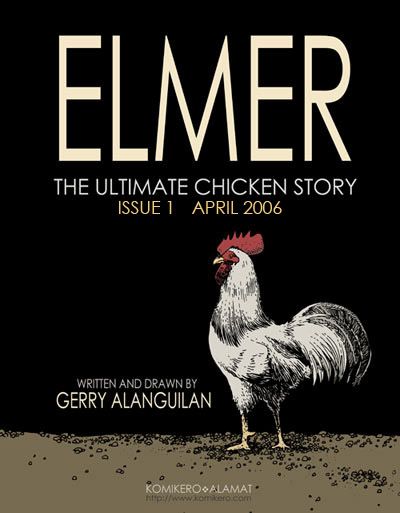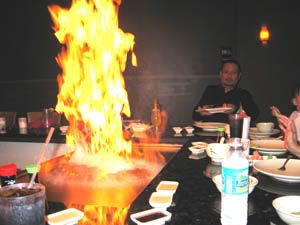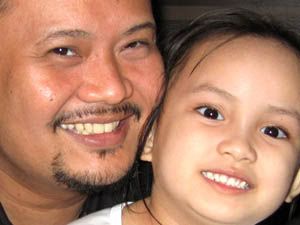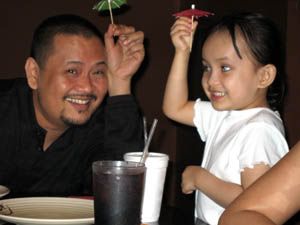acquired addiction
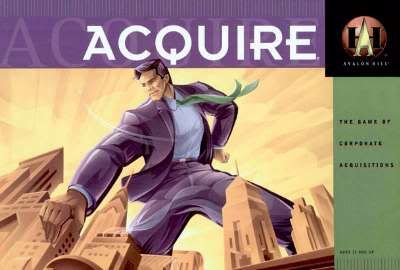
I'm a lover of games, perhaps even compulsively so. Ever since I was a little boy I've had a special place in my for all sorts of board games. I love the strategic elements, I love the rush of competition, I love using my mind. From the early days of Snakes and Ladders (that game of virtue and vice which we recently gifted Sage with, to add to her first game of Candyland) through Monopoly (and it's inferior incarnation - Millionaire's Game), Clue, Sorry, Trivial Pursuit and all the more obscure games I found at GenCon or during my various trips abroad, I'm more than willing to hunker down and throw dice or bid or just duke it out in pick-up games of Carcasonne, Die Siedlers von Catan , Kill Doctor Lucky, Cranium , Axis & Allies or Risk. When CCGs (collectible card games) first came our in the Philippines, I became the first national champ for Magic: The Gathering, later becoming the product's Brand Manager (Wizards of the Coast, owners of Magic, also own Avalon Hill Games plus a ton of other properties). Every time I leave the country, looking for a store that sells games is an unassailable part of my itinerary (along with book and porn hunting).

So when Alex and Kate introduced Acquire, Nikki (who is as much a game addict as I am) and I fell head over heels in love. This economic/business game is about establishing companies, buying stocks, merging companies and managing finances in a highly competitive environment. The bug bit so hard that Nikki and I bought heavy duty casino poker chips in a metal attache case so we didn't have to use paper.

On weekends, Acquire is part of the schedule of events, between dinner and videoke. And since we inevitably purchased our own set (try Toy Kingdom or Landes/Hobbes), it has become our favorite pasttime, enjoying the ebb and flow of economics with Vin and Buddha.

The pleasure I get from gaming stems from the intellectual aspects with a bit of the social elements - but really, while I prefer to play with good friends who are excellent players, I could just as well play with complete strangers, for as long as they are likewise challenging. Writing exercises certain portions of my brain, while gaming flexes other portions, including my need for blood (there is a violent caveman in me) while appeasing that part of me that cannot abide ennui.
The value of games in real life is beyond question. Part of my overall attitude towards life was developed in the course of playing games (or creating and acting them out, as in the case of role-playing games). Elements of game theory are useful in my business, and there is always the wonderful unexpected discovery that a client shares the same passion. Games are not just entertaining ways to pass time.
I'm happy that Sage loves games to, asking to play her board games with me and her Mom every so often. Teaching her how to play games is part of our strategy of expanding her horizons, imbuing her with a healthy sense of competition, and showing her to be responsible as she takes care of her games' components.
I cannot wait until she can play Acquire.














